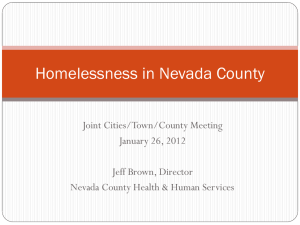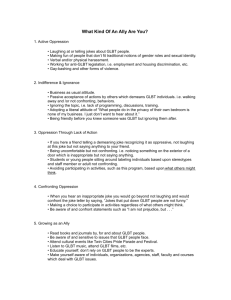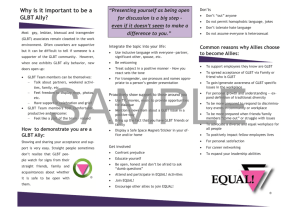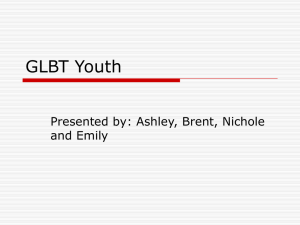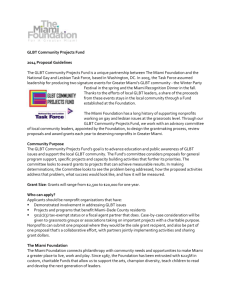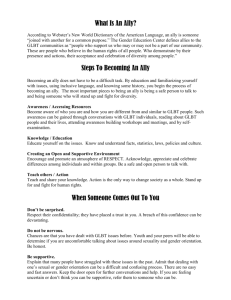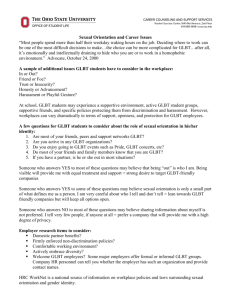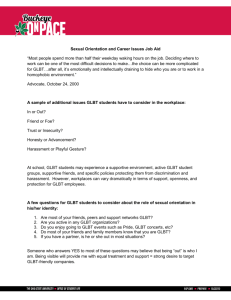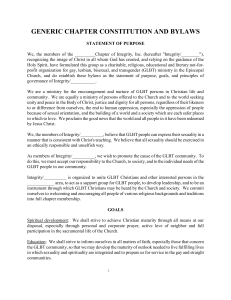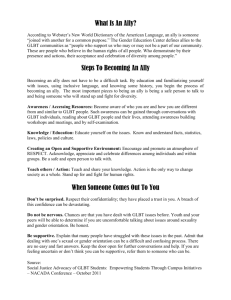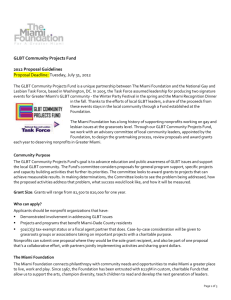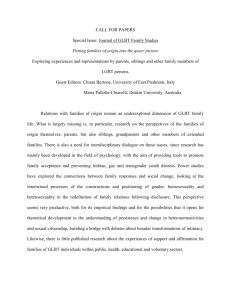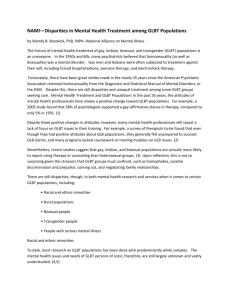Youth Homelessness: Barriers and Strengths - MESH-MN
advertisement
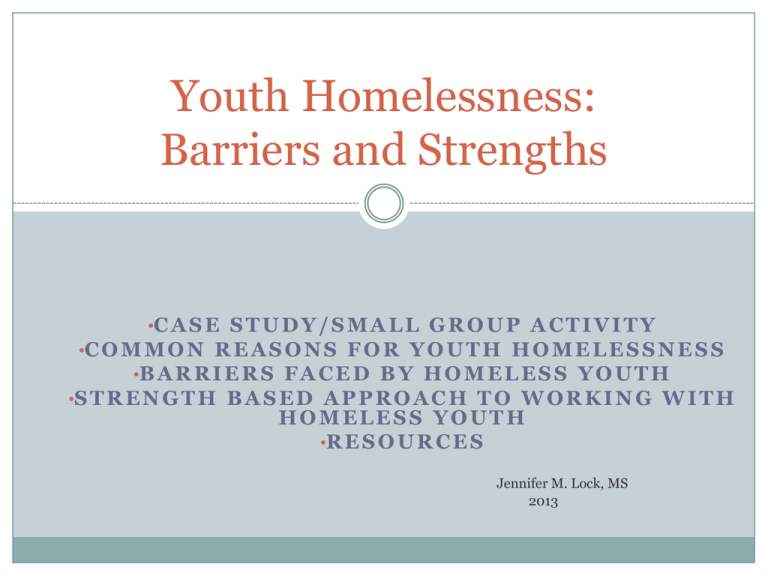
Youth Homelessness: Barriers and Strengths •C A S E S T U D Y / S M A L L G R O U P A C T I V I T Y •C O M M O N R E A S O N S F O R Y O U T H H O M E L E S S N E S S •B A R R I E R S F A C E D B Y H O M E L E S S Y O U T H •S T R E N G T H B A S E D A P P R O A C H T O W O R K I N G W I T H HOMELESS YOUTH •R E S O U R C E S Jennifer M. Lock, MS 2013 Homeless Youth According to the Wilder Research Center’s 2009 survey on Homelessness in Minnesota, The number of homeless youth (12-21) grew by 46% between 2006 and 2009 The number of homeless youth (18-21) grew by 57% during that same time period- the largest growth of any age group surveyed Every night there are approximately 2,500 youth without a safe place to stay in the state of MN Youth come from Urban. Suburban and Rural areas Case Study/Small Group Activity Work with the other people at your table to answer the following questions about the youth in your case study: What barriers is this youth facing? What strengths/resources does this youth already have? What services would you recommend this youth find or receive? Common Reasons for Youth Homelessness GLBT Parent, family mental illness or chemical dependency Aging out of Foster Care or the Juvenile Justice System Family Conflict or Overcrowding Escaping from Abusive or Unsafe Family Situation Family Homelessness due to Eviction or Foreclosure Become pregnant GLBT Specific Barriers and Services Nationally, somewhere between 20-40% of homeless youth identify as GLBT GLBT identified youth are often hesitant to use shelter services, not knowing whether shelter staff will be judgmental or lack skills to work with them Transgender youth in particular struggle in the shelter system, shelters may not have single rooms for youth and may not know whether to put a trans youth in a “male” or “female” dorm room GLBT Host Home Program specifically works with GLBT Identified youth, housing them in host homes with GLBT or allied adults, only serves up to 10 youth at a time TYSN (Trans Youth Support Network) provides a safe space for transgender youth and many activities Barriers for Homeless Youth Educational Barriers Barriers for Homeless Youth Employment Barriers Barriers for Homeless Youth Youth are more likely than adults to be victimized in adult shelters Only a handful of shelters designated for youth, fewer than 100 beds specifically for youth under 21 in the metro area Fewer than 400 transitional living beds in the state Strengths Based Approach to Working with Homeless Youth Trust Building Harm Reduction Acknowledging Resiliency Youth can easily tell if you are judging them or their choices, being nonjudgmental is essential Resources for Homeless Youth Street Outreach StreetWorks Drop-In Centers/Case Management: Safe Zone, YouthLink, Oasis for Youth Youth Specific Shelters: Ain Dah Yung, Avenues for Homeless Youth, Booth Brown, The Bridge, Hope Street, Life Haven, Safe House Other Housing Programs: GLBT , Minneapolis and Suburban Host Home Programs Transitional Living Programs like Archdale, St. Barnabas, LSS, Hope Street, Nicollet Square, Lindquist Apartments, the Youth Lodge How to Get a Young Person into Shelter: Call as soon as you know your youth needs a bed. 2. Check back throughout the day. 3. If the youth calls every morning, they should get a bed within three weeks. 1.






